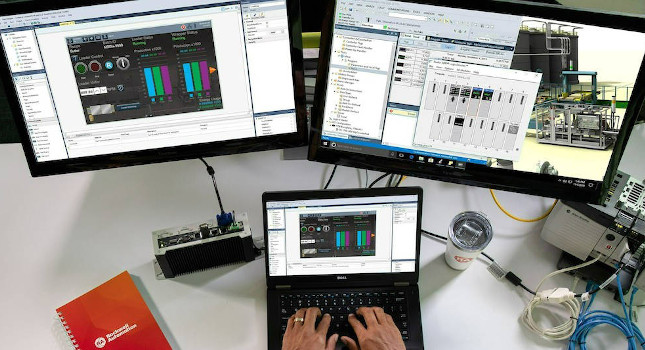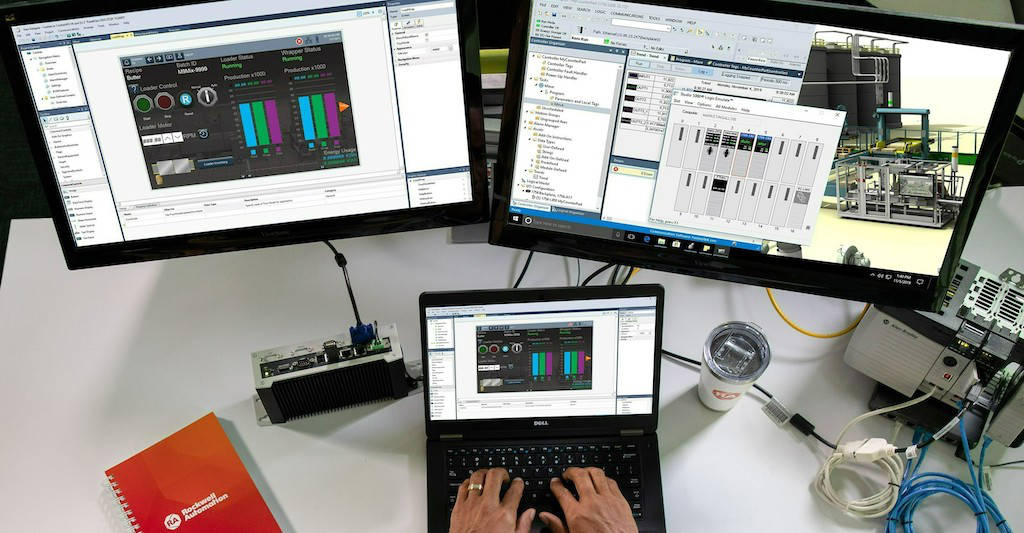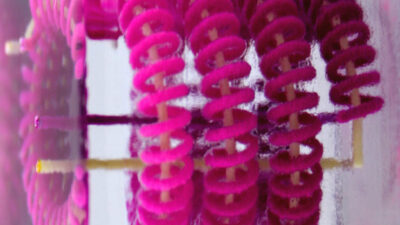Webcast explains advantages of designing modern machines with digital engineering software tools. Machine design concepts, proposal, system and automation design, testing training, startup, operations and maintenance all benefit from digital engineering.

Learning Objectives
- Webcast explains advantages of designing modern machines with digital engineering software tools.
- Digital engineering advantages emerge with digital engineering software use.
- Machine design concepts improve with digital engineering.
When designing a modern machine, there’s no time for errors. Digital design tools can help develop, test and deliver a complete system before equipment is ordered. A Control Engineering webcast, “Digital engineering: Designing today’s modern machine,” archived for a year, and information below, explain more.
Digital design produces a more productive, safer and secure machine, explained Matt Masarik, business manager—design software, and John Pritchard, digital business architect lead, Rockwell Automation.
In the webcast, they explain:
- Tools to help with digital engineering from initial design through concept and control system validation.
- How to select the right bill of materials (BOM) to support the new design that delivers real-time information to ensure production stays running longer.
- How machine designers address safety and security risks before an event occurs.
Digital engineering advantages
Information preservation across steps in product lifecycle and concurrent and collaborate designs are among advantages of digital engineering. Concurrent workstreams on one digital environment speed design, test, build and commission functions and increases visibility along the way, explain Masarik and Pritchard. How?
- Early concept models use data that proves the concept design.
- Mechanical and controls design combine earlier with a shared model space.
- Controls can be tested against a digital twin of the system rather than wait for physical builds.
- To facilitate training and earlier commissioning, work inside the model against production demands.
- To help operations and maintenance, have a digital workspace of the production system to propose upgrades or changes as needs evolve.

Machine design concepts improve with digital engineering
Targeted outcomes result from these advantages during the concept and proposal phases, explain Masarik and Pritchard. The outcomes allow proposals based on system demonstration, creating earlier alignment of designers and users, and creating greater confidence in foundational choices and with earlier constraint definition.
For system and automation design, increased experimentation can lead to new ideas. Design cycles are fewer and faster with less reliance on hardware. Earlier data is available on system performance, efficiency and other design parameters.
With training, commissioning and startup, digital engineering decreases reliance on physical location, reduced travel and on-site time. There’s also earlier identification and resolution of commissioning issues. In addition, digital engineer reduces test product waste and lowers time to production on site.
With operations and maintenance, digital engineering creates a test bed for upgrades and modifications throughout asset life. The digital twin is an ongoing experimental asset that doesn’t affect production. Those involved can refine designs based on real production data and conditions, explain Masarik and Pritchard.
More information, examples and 3D explanations and uses cases are offered in the webcast. Those attending the June 21 webcast live can submit questions to the speakers.
– Edited by Mark T. Hoske, content manager, Control Engineering, CFE Media, [email protected].
KEYWORDS: Digital engineering, machine design
CONSIDER THIS
Would shortening machine design cycles help?




